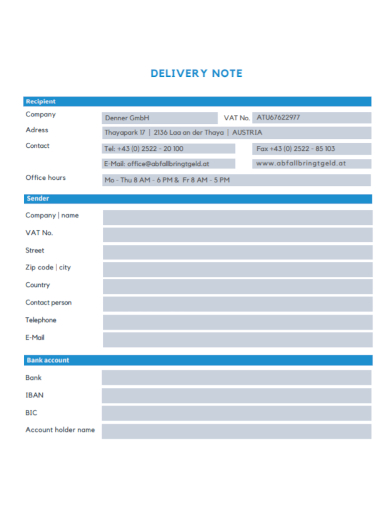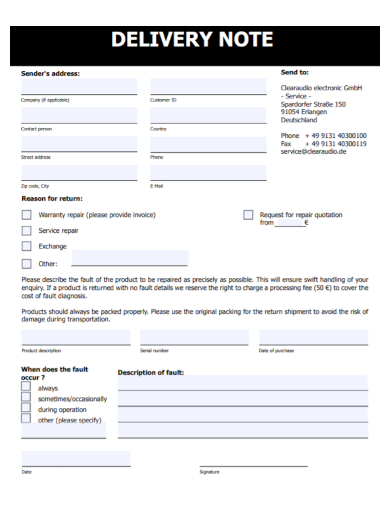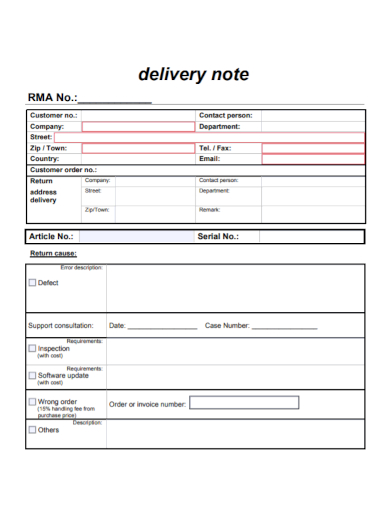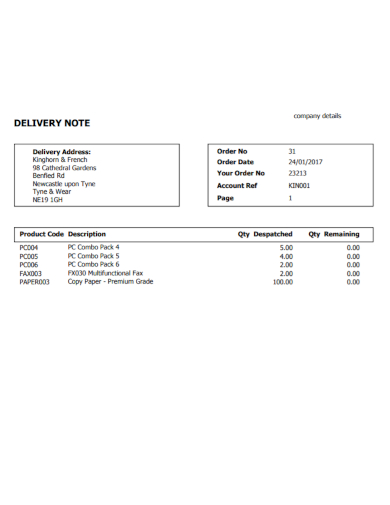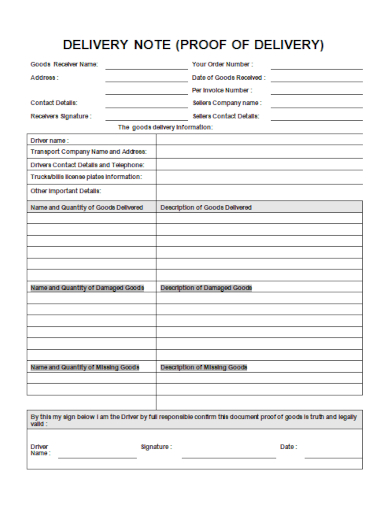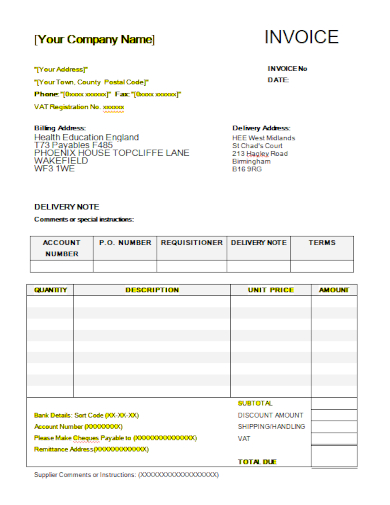Delivery has become a very important staple in the modern world. People are slowly getting used to purchasing goods from the comfort of their homes or offices, and have it delivered right in front of their doors. This comes with the advent of more modern, sophisticated technology. With more convenient technology, comes with an ever increasing demand for convenient services. And thus, delivery has become massively popular. The popularity of being able to buy something online and have it delivered right into your front door or wherever the customer may be, brings a lot of pressure for most, if not all, logistics companies and business owners alike. Pressure, because the ever increasing amount of items to be delivered requires a lot more extra and careful logistics and customer management.
It is every company and business owner’s responsibility to take care of every order that will be delivered to a customer. Mismanagement of products, especially more fragile ones, will ultimately lead to sever customer disappointment and significant loss of revenue. Of course, it would also be bad for the reputation for your company. This is why delivery checklists prove to be an invaluable factor in making sure that every delivery is successful. These checklists are most commonly known as a delivery note. Delivery notes make keeping track of the orders and reviewing them for damages much easier for the recipient. Get to know the document more by checking out these company delivery note samples listed below. You can then use these samples as a guide or even as a template for when you will be writing your own.
8+ Company Delivery Note Samples
1. Company Delivery Note
2. Company Goods Delivery Note
3. Company Return Delivery Note
4. Supplier Company Delivery Note
5. Company Customer Delivery Note
6. Company Order Delivery Note
7. Company Product Delivery Note
8. Seller Company Delivery Note
9. Company Invoice Delivery Note
What Is a Company Delivery Note?
In much simpler terms, a delivery note is a checklist of the items that is included in every shipment made to a delivery. It should contain a list of the items and their subsequent quantity and description of each item. A delivery note helps with keeping track of the delivery and can also be used to review whether the goods are damaged or note. The benefits of this document goes both ways as aside from providing an overview for the customers to review, a signed copy is also sent to the supplier to let them know that the delivery was a success and that it met the customer’s satisfactions. It is important to know that the contents of the document lists only the quantity of each item, not the values such as prices. The latter is found on the invoice, which is an entirely different document and is commonly known as the receipt or bill.
What Information Should Be Included in a Company Delivery Note
You have a completely free rein on writing your company delivery note, and since it’s not compulsory, there are no fixed fields that you have to include. Although despite of its complete flexibility, it is still advised to use a template like the samples listed above. A template should help make sure that you don’t miss any important details and that the document is complete. These are some of the recommended components that you have to include in a company delivery note.
- Contact Information
Always include basic contact information of your company. Company name, company address, contact numbers, and a website if one is present. It is also advised to have the contact information of the recipient as well. - Date
Follow a proper and uniform dating system when putting dates. Also, the important dates to be included are the date of purchase, date of shipment, and the delivery date. - Name of order and order number
- Packing list
Names of each item enclosed in the delivery, quantity of each item, and their descriptions. - Subsequent deliveries
Only include this section if there are any subsequent deliveries.
This is a very basic checklist and only covers the essential components. The further addition of more information entirely depends on the nature and type of the delivery being made, so make sure to take note of that.
FAQs
What is a goods received note?
Goods Received Note, or GRN, is a record of goods provided by the company that has been received by the customer.
What is a delivery receipt?
A receipt is a document that confirms the delivery of the product, meaning the delivery was successful.
What is a dispatch note?
A dispatch note is a tag required on a parcel in international mail that contains facts and details about the delivery and the nature of the delivery.
Company delivery notes don’t just make sure that the shipment is properly maintained and a success, it also preserves the reputation of the company by showing their customers that they care about preserving the quality of their services. There may not be a law that require its inclusion, but the benefits go both ways and there really is nothing that holds you back from providing one.
Related Posts
FREE 11+ Sample Dispatcher Job Descriptions
FREE 10+ Real Estate Promissory Note Samples
FREE 10+ Delivery Order Samples
FREE 9+ Sample Delivery Policies
FREE 9+ Sample Progress Note
FREE 9+ Sample Customer Report
FREE 9+ Sample Demand Promissory Note
FREE 6+ Return to Work Note Samples
How to Make a Receipt Using Microsoft MS Word?
FREE 6+ Goodbye Note Samples
FREE 18+ Taxi Receipt Templates
FREE 15+ Receipt for Goods or Services Templates
FREE 9+ Service Receipt Templates
FREE 7+ Sample Work Thank-You Note
FREE 7+ Sample Compliment Slip

